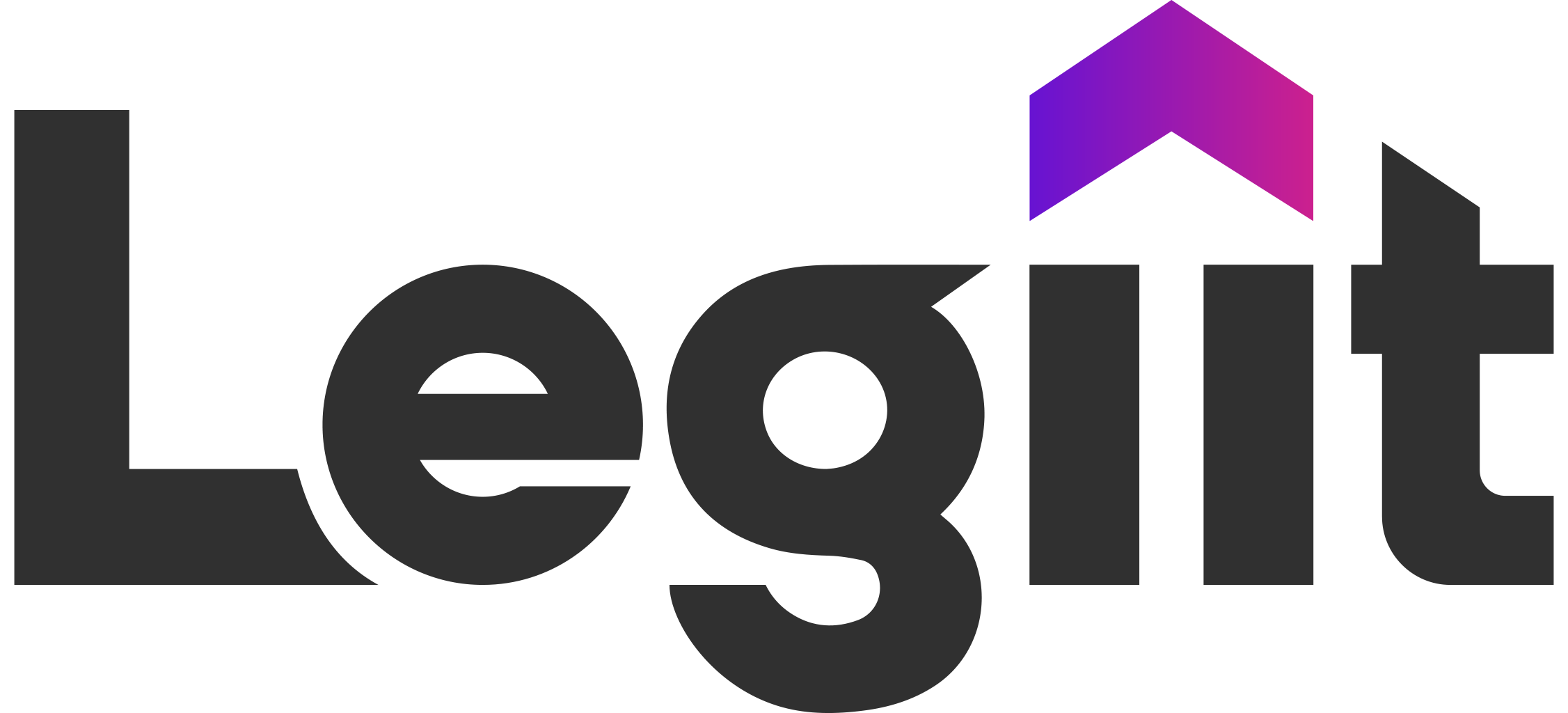Links help Google crawl and understand the content on the World Wide Web.
A website’s rankings largely depend on how it’s connected to other sites online.
Since they carry so much SEO weight, it’s crucial that you know how to make links work for you.
In this guide, we’ll tell you what is external linking and how to build external links for SEO.
We’ll also discuss how links to an external site can have an impact on your rankings. Let’s get started.
What are External Links And How to Use Them Correctly?
What is External Linking With Example
generally used to provide additional information on a topic.
Linking to credible outside resources can boost your content’s authority, which may help you rank higher.
Here’s an example of an external link:
Imagine you have a health blog, and you’re writing a blog post on the health benefits of consuming green vegetables.
While doing research for the article, you come across a scientific study that backs your claims.
You link to that study to prove your point.
Here’s what an external hyperlink looks like within a WordPress article:

External Link Vs Internal Link
Before we dive into the world of external linking, let’s quickly look at how it’s different than internal linking.
External Linking: It’s when you add a link to a web page that’s not a part of your website. These links are commonly called outbound links.
Internal Linking: It’s when you link to web pages on your own domain. For instance, a blog post links to another blog post in the same category.
Internal linking helps search engines understand your website’s content and structure.
What Makes a Good External Link
Not all external links carry the same SEO value.
So, knowing what makes an outbound link high-quality is important.
Here are the three main factors to consider while adding external links to your content:
Relevancy
The content of the web page you’re linking to should be relevant to the content on your page. For instance, linking a pet care blog post to a golf blog post won’t help. Link out to blogs within your niche, but avoid linking to your competitors.
Domain Authority
The website you’re citing should have a high domain or page authority. For instance, Wikipedia pages tend to have a lot of authority, making the website suitable for all kinds of outbound links.
Anchor Text
The text you use to hyperlink a website to yours. Here’s an example:

Why Are External Links Good for SEO
Outbound links are good for external SEO for three main reasons:
- Demonstrate how the content on your page relates to other pages on the web
- Offer additional value by referencing helpful resources
- Build relationships with other sites, helping you attract more traffic in the long term
No-Follow Vs “Follow” External Links
“No-follow” and “Follow” are HTML attributes that tell search engines whether to pass the link juice to a page or not.
So, if your external backlink has the no-follow attribute, it won’t pass any link authority to the linking page.
Here’s an example:

Whereas, if the link has the “Follow attribute” (Or no attribute), it’s a sign that you want to pass the link juice.
Here’s an example:

But, why would you want to use the no-follow attribute?
The two most common reasons are:
- You have to link to a competitor for context but don’t want to pass link juice
- You’re promoting an affiliate link or a sponsored page
How to Build External Links for SEO
With the basics out of the way, let's dive into the external linking best practices.
Link to Relevant Sources
Linking to external web pages for the sake of it doesn’t work. Instead, add links that direct readers to relevant pieces of content.
Common types of external links are:
- Infographics
- Videos
- Statistics
Search engines like Google only want to serve relevant content to the users.
So, when you link to a web page in your niche, you improve your chances of ranking higher on SERPs.
Link to Authoritative Sources
When linking to a web page, always check its authority and trustworthiness.
Linking to a site that’s not an authority on the topic won’t help you win your reader’s trust.
However, there can be instances where you don’t have a choice except to link a low-quality website.
In that case, use a no-follow tag. That way, you’ll be making sure the linked page doesn’t have any SEO impact on your website.
Here’s an example:

The example above is taken from the Legiit blog post “A Beginner’s Guide to Link-Building”. It has the anchor text “Moz” that links to one of the most authoritative websites on search engine optimization.
Optimize Anchor Text
A good anchor text tells Google about the content of the page you’re linking to.
Let’s take the example of this blog post where we talked about the art of link-building.
The anchor text “This” doesn’t help Google understand what you’re linking to.
Instead, “The art of link-building” would make a much better anchor text.
So, use more descriptive words to let Google know about the web page.
The rule of thumb is, to make the anchor text look natural. It shouldn’t look spammy or forced.
Here’s an example from our very own Legiit blog:

The anchor text “High PR links” links to a service category page on Legiit.
Whereas, “List of sites that accept parasite SEO” links to a listicle blog post.

Add Helpful Links
You don’t want to overwhelm the reader with too many outbound links.
How much is too much, you ask? There’s no definite answer.
The goal of external linking is to provide a great reading experience.
A page can have 100 of them if they make sense. And, even 3 external links can be an overkill if they’re irrelevant.
Open Links in a New Tab
The time an average visitor spends on your site affects its SEO ratings.
External links that open in the same tab make the visitor leave your site.
Therefore, it’s an SEO best practice to make sure all your offsite links open in a separate tab.
Plus, it gives the visitor control over their experience on your website.
Don’t Link to Competitors
The websites ranking for the keyword you’re trying to rank for are your competitors.
It’s not an SEO best practice to link to a competitor.
For instance, if you’re trying to rank for “Best Strollers for Twins”, don’t link to a site that’s already ranking for the keyword.
Instead, link to an authoritative site that provides helpful and relevant information about strollers.
Avoid Link Schemes
Link schemes are used to gain higher search engine rankings by tricking Google’s ranking system.
You’re violating Google’s Spam Policies by using a link scheme. So, there’s a high you’ll get a big fat penalty down the road.
This means your site may stop appearing in search results at all.
Common link schemes include:
- Excessive link exchanges
- Linking from low-quality directories
- Using automated software to build links
Conduct a Link Audit
Outdated and broken external links on a website adversely affect user experience. Search engines don’t like them either.
So, what you want to do is conduct an external link SEO audit in regular intervals, e.g., every quarter.
The nice thing is you can use a free browser extension like “Check My Links” to do the audit.

You May Also Like: Mastering Link-Building: Proven Tactics for Boosting Website Authority
What is External Linking: Frequently Asked Questions
What is External and Internal Linking?
External linking is when you link to web pages that aren’t a part of your domain. Internal linking is when two pages of the same website are interlinked. Both play an important role in your site’s navigation and SEO.
What is an Example of an External Link in SEO?
Any link that’s relevant to the topic of your content can serve as an external link. Topic-relevant research studies, statistics, videos, infographics, and blog posts are some common external links used by SEOs.
What is the Purpose of External Links?
External links provide context and additional information on a topic. Linking to authoritative and trustworthy web pages can help your content build credibility and rank higher on search engines.
What are the Different Types of External Links?
There are essentially two types of external links: Nofollow and Dofollow. These HTML attributes tell search engines whether to associate the linked website with yours or not. A nofollow tag discourages search engines from passing any link juice to the linked site.
How Many External Links Should You Have?
You can add as many external links to an article as you want, as long as they make sense. The number mainly depends on the type and length of the article. For instance, a statistics post may have 10s of links to research studies. As a general rule, use one to two external links every 500 words.
Conclusion: What is External Linking
External linking refers to linking to web pages that aren’t a part of your domain. External links can either be nofollow or dofollow.
A nofollow external link discourages search engines like Google from passing any link juice to the linked site.
Although it may seem futile, using the nofollow tag can help you in certain cases. For instance, when you have to link to a competitor for context.
External links provide additional information to the reader, adding value to their overall experience.
When done right, external link building can help you rank higher on search engines.














 Download
Download